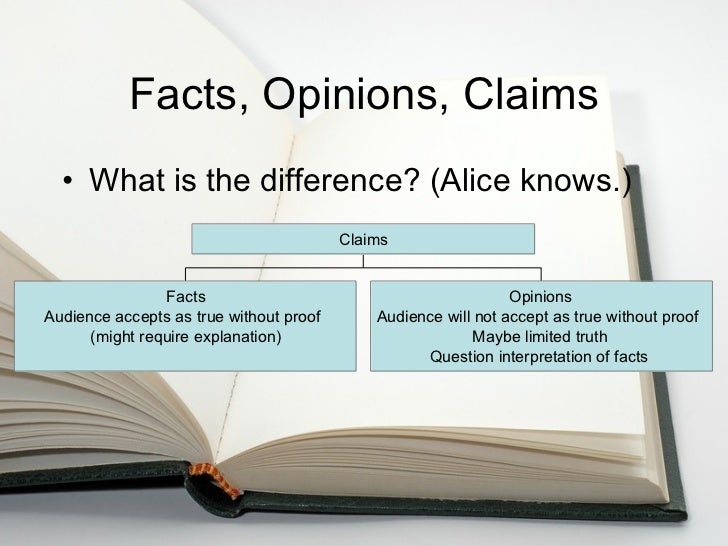While I’m not sure if this is what Kantz was aiming for, the main thing that I learned from this reading was that nothing is fact unless you believe it is such. For example, if I were to claim that there are 3,000 male students at SCU while there are only 2 female students, it would be just that: a claim. It only becomes a fact when the audience, the Decoder, as Kantz calls it, believes it to be true without needing proof.
Looking through many of my sources, I had no idea where to go. I kept many of them because my pickings were slim and these were the only few that matched most of my search keywords. In other words, I had already found the best of the best; anything else would have been a reach.

Source: SlideShare
I know that we’ve heard from plenty of sources how we should be reading, but Kantz gave me some helpful questions to use to actually guide me through the process. After all, the first step to using your sources persuasively is to actually understand what they are saying. I believe- this could completely change within the next week- that I know how to use my sources reasonably well, but most of the time I don’t actually know what I’m using them for. I stick them in because I have no other idea what to do with them.
So sometimes, they’re awkward.

Source: Giphy
And I mean really awkward.
Now with these questions, I can start to find some quality content to either agree, disagree, or simply comment on. Then hopefully, what I learn from my sources can lead me in the direction of where I want my paper to go.
